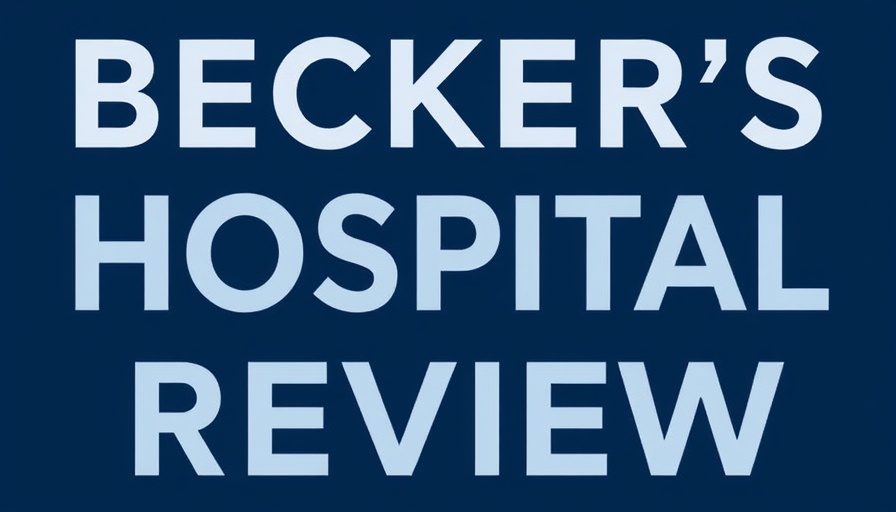
The Growing Challenge of Healthcare Worker Strikes
In recent days, healthcare workers at Essentia Health in Duluth, Minnesota, have made headlines amid a wave of strikes fueled by unresolved labor negotiations. With over 700 clinic nurses and advanced practice providers participating, the healthcare industry is now witnessing the implications of workers advocating for their rights in the face of bureaucratic delays and complex organizational relationships. As the nursing strike ends on July 23 and advanced practice providers prepare to return to work, the aftermath continues to stir discussions about health worker rights and patient care across the U.S.
Important Background: The Role of the NLRB
Strikes in healthcare settings are often prompted by deep-seated grievances regarding contracts, workplace conditions, and healthcare policies affecting both workers and patients. The current situation at Essentia Health underscores the significant role of the National Labor Relations Board (NLRB). A critical aspect has been the NLRB's inability to rule on important matters due to political factors, including recent vacancies in board positions. With one seat still filled following the dismissal of a previous member nominated by former President Trump, the resolution of disputes and negotiations remains at a standstill.
Why These Strikes Matter to Patients
Investing in the well-being of healthcare workers correlates directly with patient care quality. The Minnesota Nurses Association (MNA) argues that their members formed a legally authorized union, claiming that ignoring their collective voice leads to negative implications for patient care. Flexible and equitable negotiations around employee health benefits directly affect the willingness of workers to engage in ongoing patient care efficiently.
Expected Outcomes from New Negotiations
As the striking nurses and advanced practice providers prepare to return to their roles, negotiations starting July 28 are anticipated to address important contract stipulations across various clinics in the Essentia Health network. The outcome will help set a benchmark for labor relations and could pave the way for smoother negotiations in healthcare environments across the nation, potentially influencing healthcare compliance, medical staffing dynamics, and employee retention strategies.
Healthcare Workforce Retention: A Growing Concern
Staff retention in healthcare settings is becoming critically important amidst a growing demand for services as the population ages. Strikes like those seen at Essentia Health emphasize the urgent need for healthcare organizations to prioritize their workers through effective communication and competitive employee benefits. Failing to do so not only leads to strikes and worker dissatisfaction but could also impact patient engagement tools and care delivery systems essential for modern healthcare.
Innovative Solutions for Healthcare Improvement
While the strikes illustrate immediate labor challenges, they also provide an opportunity for healthcare organizations to explore innovative solutions that can streamline operations and improve clinician experiences. Adopting healthcare automation, implementing remote therapeutic monitoring (RTM) programs, and leveraging AI-driven tools can significantly optimize practice revenue and reduce administrative burdens. By integrating modern technology into their operations, healthcare providers can improve both employee job satisfaction and patient experiences.
The Future of Healthcare Employment
The disputes at Essentia may set the stage for broader conversations about labor relations amidst advancing healthcare technology. As the industry evolves, there is an ever-increasing expectation for transparency and accountability from healthcare administrators. Knowledge-sharing and active participation in labor regulations can lead to significant benefits for all stakeholders involved, particularly as the country moves toward a more automated and patient-centric model of care.
Therefore, healthcare professionals, including independent pharmacies and rural health clinics, must stay informed about labor trends and leverage resources designed to enhance workplace satisfaction, comply with healthcare regulations, and ultimately prioritize patient outcomes. Organizations must also consider long-term strategies such as FICA tax savings and pre-tax benefit plans to optimize staffing in a competitive landscape.
 Add Row
Add Row  Add
Add 




Write A Comment